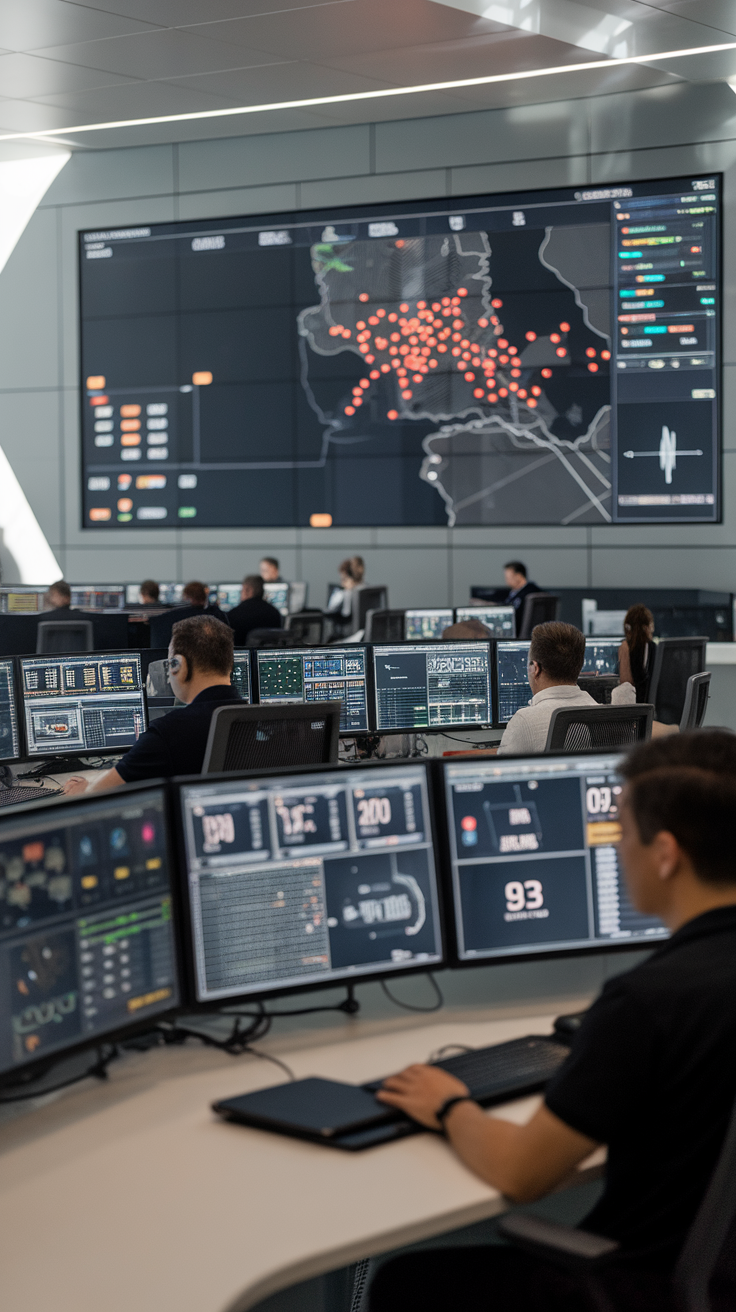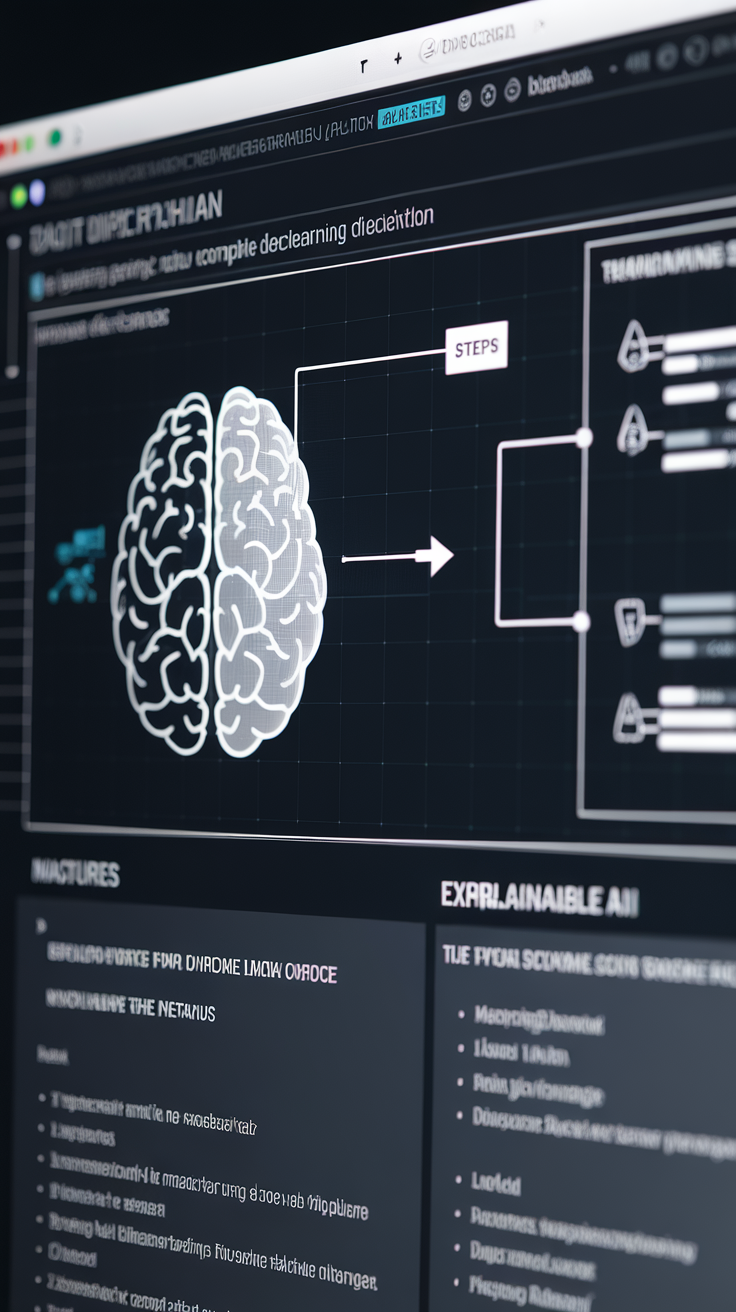The Rise of Edge AI: How Local Processing is Revolutionizing Artificial Intelligence
Last Updated: July 13, 2025 at 6:00:35 AM UTC
Edge AI is transforming the way we process and analyze data, enabling faster, more efficient, and more secure decision-making at the edge of the network.

The artificial intelligence landscape is undergoing a significant transformation. As the amount of data generated by IoT devices, sensors, and other sources continues to grow exponentially, traditional cloud-based AI approaches are becoming increasingly impractical. This is where Edge AI comes in – a new paradigm that enables local processing and analysis of data at the edge of the network.
What is Edge AI?
Edge AI refers to the processing and analysis of data at the edge of the network, i.e., on devices or gateways that are closest to the source of the data. This approach is designed to reduce latency, improve real-time decision-making, and enhance security by minimizing the amount of data that needs to be transmitted to the cloud or a central server.
The Benefits of Edge AI
Edge AI offers several significant benefits:
- Reduced Latency: By processing data locally, Edge AI reduces the time it takes to make decisions and respond to events, making it ideal for applications that require real-time processing.
- Improved Security: With Edge AI, sensitive data is processed and analyzed locally, reducing the risk of data breaches and unauthorized access.
- Increased Efficiency: Edge AI can significantly reduce the amount of data that needs to be transmitted to the cloud or a central server, resulting in lower bandwidth costs and reduced network congestion.
- Enhanced Decision-Making: Edge AI enables devices and gateways to make decisions based on real-time data, allowing for more accurate and informed decision-making.
Edge AI Applications
Edge AI is being applied in a wide range of industries and use cases, including:
- Industrial Automation: Edge AI is being used to monitor and control industrial equipment, predict maintenance needs, and optimize production processes.
- Smart Cities: Edge AI is being used to monitor and manage city infrastructure, such as traffic lights, parking systems, and public safety cameras.
- Healthcare: Edge AI is being used to analyze medical imaging data, detect diseases, and enable remote patient monitoring.
- Retail: Edge AI is being used to analyze customer behavior, optimize inventory management, and improve supply chain logistics.
Challenges and Limitations
While Edge AI offers many benefits, it also presents several challenges and limitations:
- Computational Power: Edge devices often have limited computational power, making it challenging to run complex AI models.
- Data Quality: Edge devices may not have access to high-quality training data, which can impact the accuracy of AI models.
- Security: Edge devices are vulnerable to security threats, and securing Edge AI systems requires careful consideration.
- Interoperability: Edge AI systems may not be able to communicate seamlessly with other systems, requiring additional integration efforts.
Conclusion/Key Takeaways
Edge AI is revolutionizing the way we process and analyze data, enabling faster, more efficient, and more secure decision-making at the edge of the network. While Edge AI presents several challenges and limitations, its benefits make it an essential component of modern AI systems. As the amount of data generated by IoT devices and other sources continues to grow, Edge AI is likely to play an increasingly important role in a wide range of industries and use cases.
Edge AI is not just a technology – it's a paradigm shift that's changing the way we approach AI and data processing.











